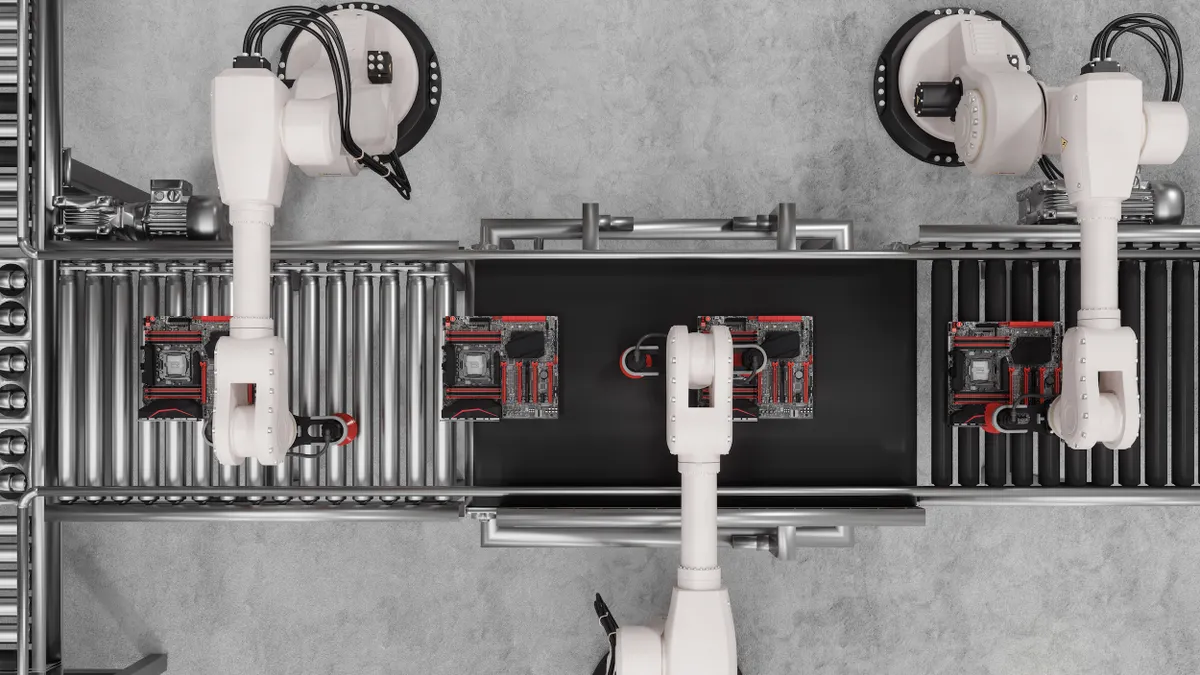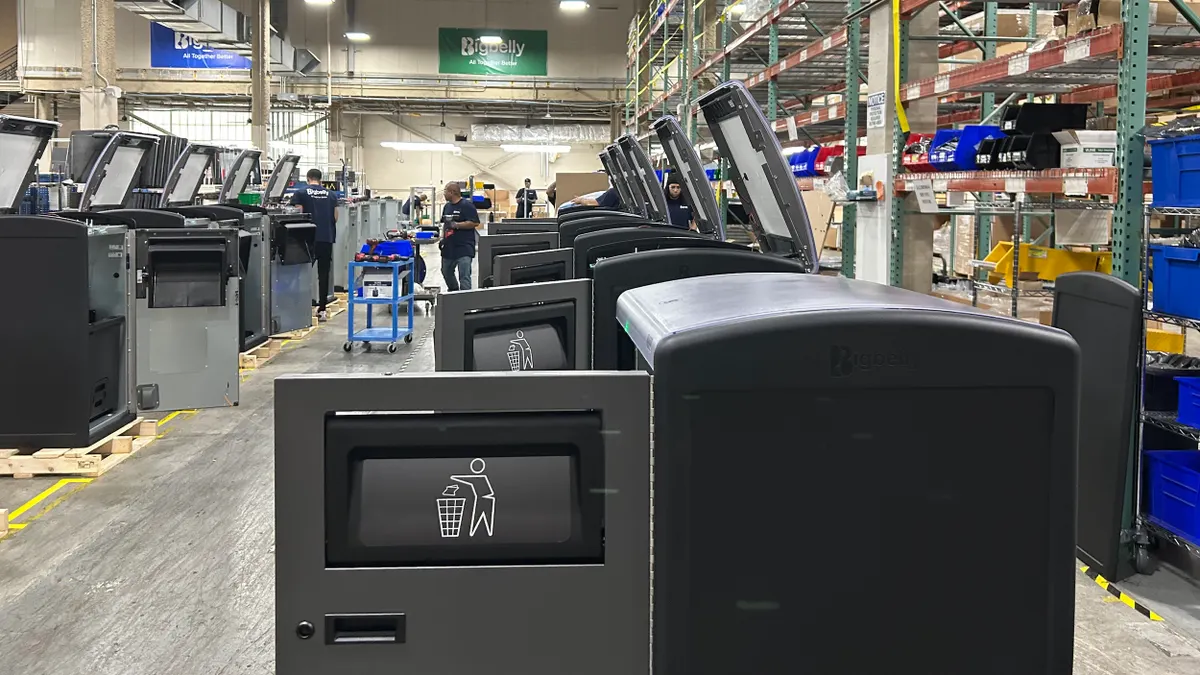In 2025, resilience is no longer about bouncing back — it is about staying ahead. But while organizations double down on digital tools to modernize operations, few are addressing the root problem that is quietly preventing an optimized ROI: a lack of interoperability across increasingly fragmented systems.
That disconnect isn’t theoretical. In a recent Stibo Systems survey of 500 U.S. operations leaders across industries, only 25% said they fully trust the data flowing through their systems. Meanwhile, 86% spend more than 30% of their time on manual data tasks, chasing corrections, reconciliations and workarounds.
These are smart people doing inefficient work, not because they lack the tools, but because their tools don’t work together.
When visibility becomes a liability
Most operations leaders don’t suffer from a lack of data — they’re drowning in it. But having data and having clarity are not the same. In many cases, legacy systems, bolt-on platforms, and departmental silos create a fractured landscape where conflicting records slow everything from sourcing to forecasting to customer fulfillment.
That’s a dangerous setup, especially when supply chain volatility, global competition, geo-political issues, and regulatory pressures continue to test business models. When systems don’t align, the cost isn’t just inefficiency. It’s lost margin, reputational risk, and missed opportunities.
The missing link: System trust and interoperability
System trust is more than system uptime. It is the confidence that the data fueling your operations is accurate, consistent, timely and governed — from supplier to storefront. It is knowing your teams are working from the same truth. But system trust cannot be achieved without interoperability, or the ability for systems to share and interpret data seamlessly across business units and applications.
To get there, many organizations are turning to multidomain master data management (MDM) to not just centralize information but to create a shared foundation for decision-making across the business.
With MDM, companies can:
- Eliminate redundant and conflicting data across platforms
- Connect supplier, product, location, and customer records for better end-to-end visibility
- Enforce consistent rules and policies across geographies and functions
- Reduce compliance risk by automating governance at the data level
- Enable automations and interoperability across previously disconnected systems
The result isn’t just a cleaner database. It’s a more agile, interoperable business.
Trust is a cultural shift
Operational leaders know transformation isn’t easy. It means letting go of inefficient workarounds, renegotiating processes, and questioning long-held assumptions about how systems “should” work.
That’s why system trust must be an enterprise-wide priority that aligns IT, operations and strategy under a common goal: making interoperable, trustworthy data a source of resilience, not risk.
In fact, some of the most forward-thinking companies are already designing their tech stacks around this principle: replacing reactive approaches with proactive control. When trust is built into the foundation, businesses are better positioned to:
- Launch products faster
- React to disruption with confidence
- Scale operations efficiently without duplicating complexity
- Empower employees to focus on high value work
From siloed to synchronized
The good news? You don’t have to rip out and replace your existing systems to build trust. By connecting the dots between siloed platforms — starting with trustworthy data — organizations can begin to unlock new levels of transparency, interoperability and control.
Resilience doesn’t begin at the crisis point. It starts with how your systems talk to each other. The stronger the trust, the more room you have to grow.
Learn more: How System Trust Builds Operational Resilience










